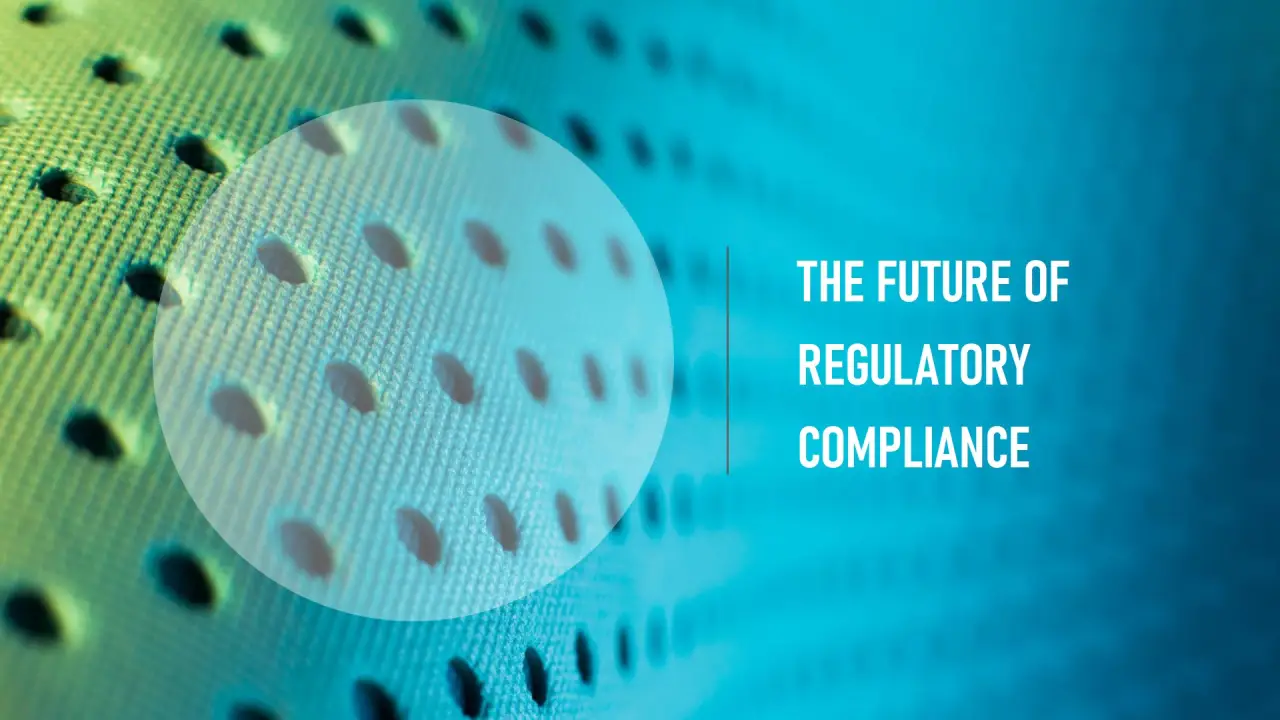Regulatory compliance is a cornerstone of modern business operations, yet it is plagued by complexities, ambiguities, and contradictions within legal and procedural documents. These challenges often lead to inefficiencies, compliance failures, and increased costs. The advent of Large Language Models (LLMs) such as GPT-4.0 offers a promising avenue to address these issues. Recent experiments have demonstrated GPT-4.0’s capacity to detect inconsistencies in regulatory texts. Using a specialized dataset enriched with ambiguities and contradictions, designed collaboratively with compliance architects, the model achieved high levels of precision, recall, and F1 scores. This performance was validated against human expert evaluations, confirming that LLMs can play a significant role in parsing and analyzing regulatory documents.
Despite this success, these findings merely scratch the surface of what LLMs can offer. The next steps in this research focus not just on identifying inconsistencies but also on resolving them and applying these insights in real-world compliance processes. Future work will enhance detection models by expanding training datasets with real-world regulatory inconsistencies, leveraging transfer learning to adapt LLMs to industry-specific needs, and developing advanced scoring mechanisms to prioritize high-impact inconsistencies. The ultimate goal is not only to detect inconsistencies but to offer solutions, such as proposing harmonized resolutions based on contextual understanding and precedence, ranking recommendations by legal validity and practical feasibility, and providing traceable explanations for suggested resolutions to facilitate human oversight.
Integration with compliance workflows will be essential to maximize utility, including building APIs and plugins to incorporate LLMs into compliance systems, developing user-friendly dashboards for efficient review, and enabling real-time document analysis during negotiations or regulatory updates. Collaboration with industry partners in high-risk sectors like finance, gaming, and healthcare will play a key role, involving pilot projects to test real-world applicability, gathering feedback to refine models, and aligning solutions with legal requirements. Future models must also scale to handle multilingual regulations, large volumes of documents, and dynamic updates reflecting new laws.
The regulatory landscape is vast and ever-changing, and LLMs like GPT-4.0 could enable organizations to stay proactive by reducing operational costs, enhancing accuracy, and supporting proactive compliance. Advanced pretraining on cross-jurisdictional datasets and real-time learning algorithms will ensure models remain up-to-date, capable of delivering instant insights. The potential extends beyond conflict detection and resolution to redefining compliance practices, transforming compliance from a reactive obligation into a proactive strategy that minimizes legal risks and improves efficiency.
The next decade will likely see these models evolve from sophisticated assistants to indispensable tools in regulatory management, exploring multilingual document harmonization, real-time policy updates, and scalable deployment frameworks. By addressing the challenges of ambiguity, complexity, and inconsistency, LLMs hold the potential to redefine how businesses approach compliance. The future of compliance is here, and it speaks the language of AI.


